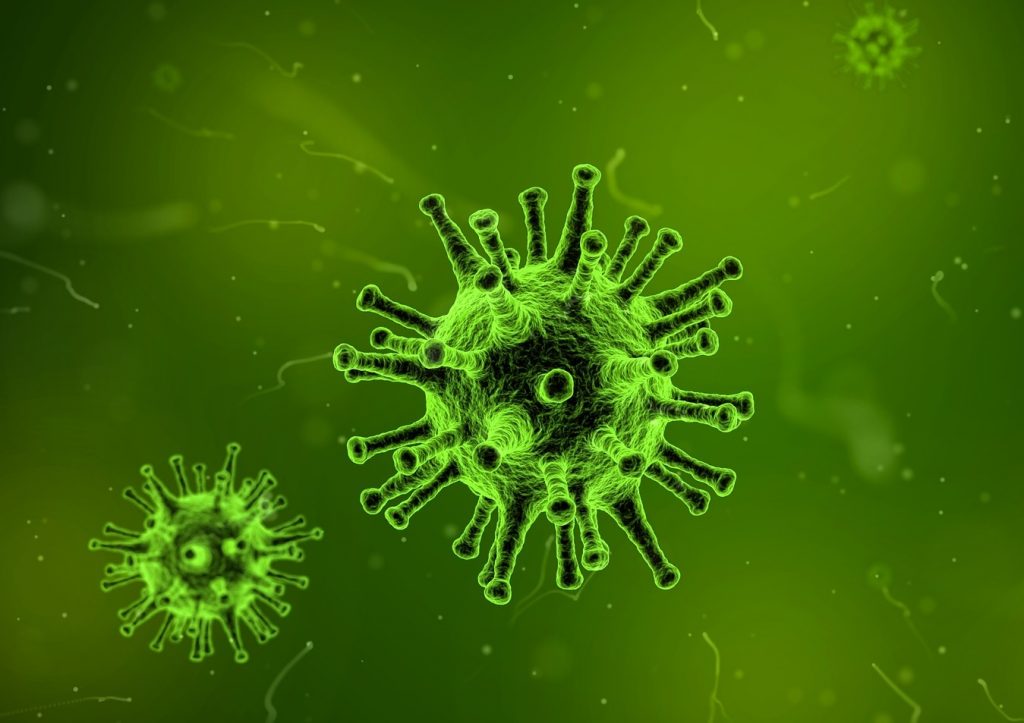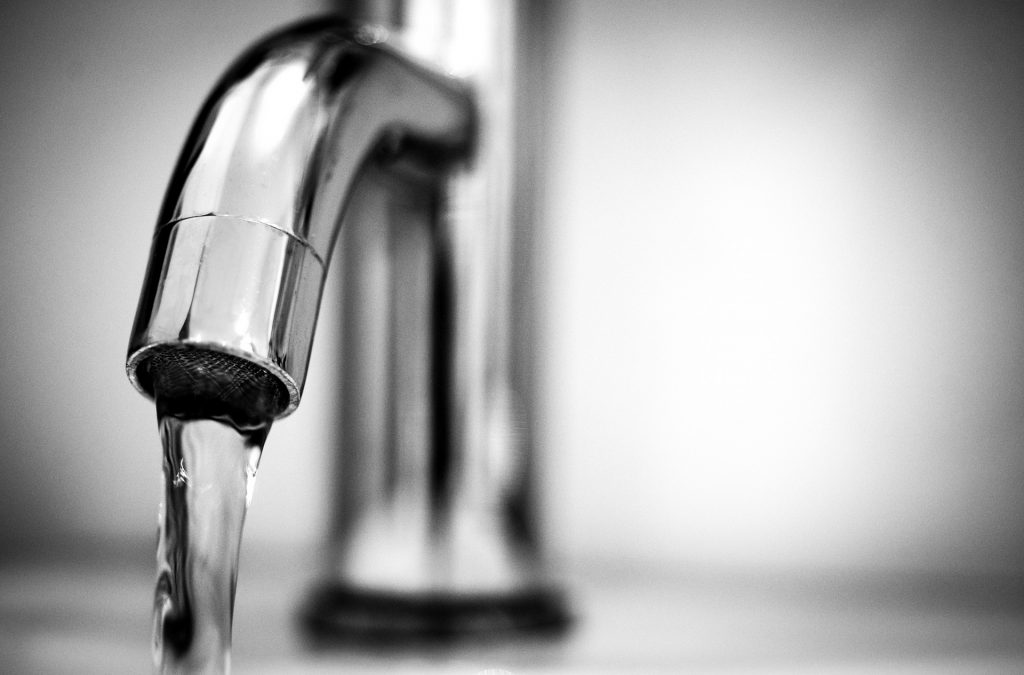Water Treatment: What is it, and why do we need it?
Posted on 16th November 2017Water treatment is a broad term that covers a wide range of techniques and processes that are applied to water sources. The definition of water treatment is: ‘Any process that makes water more acceptable for a specific end-use’. That means water treatment can cover a huge range of applications, including drinking water, water for industrial use (such as in producing paper, chemicals, and cars), and ultra-pure water, which is used for semiconductor and pharmaceutical purposes.
But what happens when water isn’t treated properly? When it comes to domestic use water (also known as potable water), it can have disastrous results if the water hasn’t been appropriately treated at the plant. There are many dangerous waterborne diseases that pose a serious risk to human and animal health if ingested. In the Industrial Revolution, many major cities like London, Paris, and Frankfurt began the construction of large-scale public sewer works to help effectively remove wastewater and sewage, and treat it in a much safer way than had been attempted previously, following several outbreaks of disease that became linked to contaminated water.
Waterborne diseases from untreated water
Untreated water is a breeding ground for several dangerous waterborne diseases, and were a real danger to public health for many centuries. The modernisation of sewer systems and properly treated drinking water have mostly eradicated these in the West, but they are still present and should not be underestimated for their severity. Waterborne diseases still pose a serious threat to health in underdeveloped countries where properly treated water may not be readily available.
These diseases are all caused by improper sanitation and unsafe water being ingested by people, and were once very common around the world:
- Hepatitis A. Causes nausea, vomiting, jaundice, fever, diarrhoea and can result in acute liver failure.
- Typhoid. Causes fever, abdominal pain, rash, and headaches.
- Dysentery. Causes severe diarrhoea, fever, and abdominal pain.
- Cholera. Causes severe diarrhoea and dehydration, fever, abdominal pain, and vomiting.
- Leptospirosis. Symptoms include fever, rash and body pains. Can turn into Weil’s Disease which results in meningitis, kidney failure, and jaundice. Animals are also susceptible.
- Legionnaire’s Disease. Legionnaire’s is a form of atypical pneumonia. It causes coughing, shortness of breath, fever, muscle pains, and headaches.
- Giardiasis. Causes weakness, stomach cramps, vomiting, and diarrhoea.
Water Treatment Processes
While there are many waterborne diseases, there are a number of processes that are used to treat water, many of which are used together in order to produce the best and most suitable results. Processes include:
- Sedimentation – use of gravity to remove solid particles within the water.
- Disinfection – use of chemicals such as chlorine to kill bacteria, viruses, and harmful substances in the water. Disinfection also uses filtration to help remove these from the water.
- Filtration – filtering of water through sand or membranous filters.
- Coagulation – adding certain chemicals to encourage particles to clump together making them easier to remove through sedimentation.
- Boiling and distillation – heating of water to boiling temperatures to kill microbes and pathogens, although this method cannot remove particles or chemical toxins. Distillation is more effective due to the evaporation process and can be up to 99% pure.

These processes are used to remove harmful chemicals, bacteria, viruses, fungi, minerals and suspended solids to make sure the water is safe for use. Sedimentation, for example, is widely used in sewage water treatment to remove any solids (this is then turned into sludge), whilst filtration and disinfection are used across a variety of domestic and industrial water sources. Using a variety of methods, making water safe for use by people and industries is completely possible, although it needs careful monitoring.
Parsons are experts at providing odour abatement for wastewater treatment, particularly for facilities dealing with sludge waste water. To find out more about our services, contact us, or check out our case studies to see where we’ve solved problems with our expert solutions.
Back to news